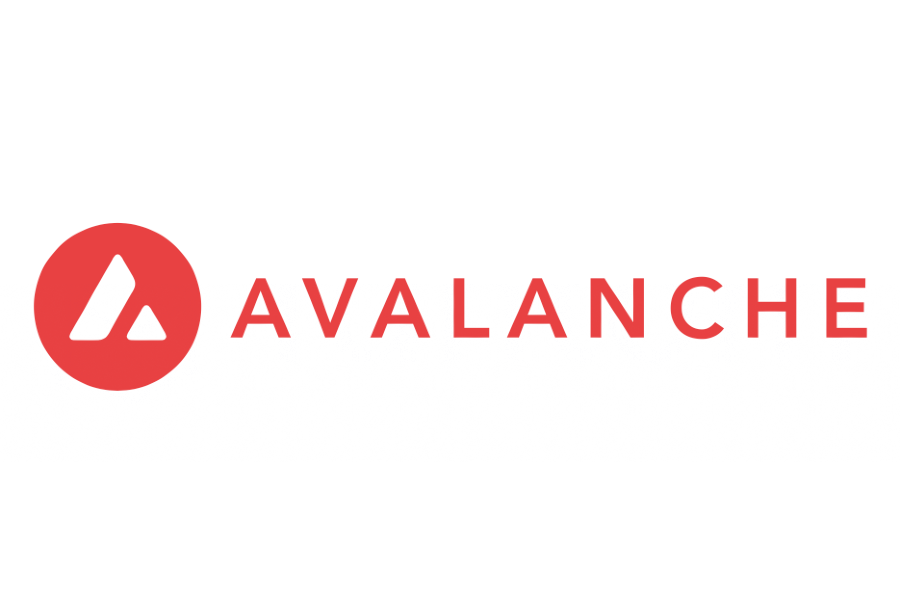Avalanche deep dive: race winner or also-ran?
Right now, Avalanche is one of the most popular and powerful platform cryptos out there. It’s got a thriving DeFi ecosystem and a very strong team behind it. But just how futureproof is it? Let’s find out.

Note: price data taken on the week of 13th of June 2022.
Here’s something most people in crypto don’t know.
Bitcoin wasn’t the first Proof of Work (PoW) cryptocurrency.
The first PoW cryptocurrency was actually created five years before Bitcoin, in 2003, by Cornell University Computer Professor, Emin Gün Sirer.
Sirer and some students set out to solve the problem of “freeloaders” on filesharing platforms like Napster, Gnutella and Limewire. Remember those?
They proposed a cryptocurrency called Karma that would be paid to people depending on how much work they did to keep the platform going.
Work, in this case, meant how much people were uploading files vs just downloading them.
But it could also represent sharing any kind of resource, “like file share, results of computation etc.”.
The big difference between this and Bitcoin is that Bitcoin also uses PoW for consensus, and not just for minting new currency.
Karma never took off and Emin Gün Sirer mostly forgot about cryptocurrency.
Then the 2007 financial crisis happened.
In 2008 Satoshi Nakamoto published the Bitcoin Whitepaper. In 2009, Satoshi mined the Bitcoin Genesis block.
And the rest is history.
I won’t go over the history of Bitcoin here, because I covered it all in my everything you need to know about crypto in one essay, essay.
But I will say that not only did Satoshi come up with the right idea, but just as importantly, they launched that idea at the exact right time.
As Sirer said himself, in a 2020 interview with coin market cap:
My system did not go anywhere because I didn’t get the timing right, and I didn’t have a vision as big as Satoshi. Satoshi came up and said, “Hey, I want to replace the dollar.” I wasn’t trying to do that. I was starting to come up with a payment system for people who want to share files online.
Well, eventually, Sirer did get back into cryptocurrency. And in September 2020, he launched Avalanche.
Today, Avalanche is the 18th biggest crypto by market cap and the 4th biggest by total value locked in DeFi.
And, as I’m sure you’ve gathered, it’s the subject of today’s deep dive. So let’s get on with it.
Become a premium member to read the rest of this article
As a premium member, you’ll get access to all our deep dives, features and guides, as well as our premium newsletter.
SubscribeAlready have an account? Log in



